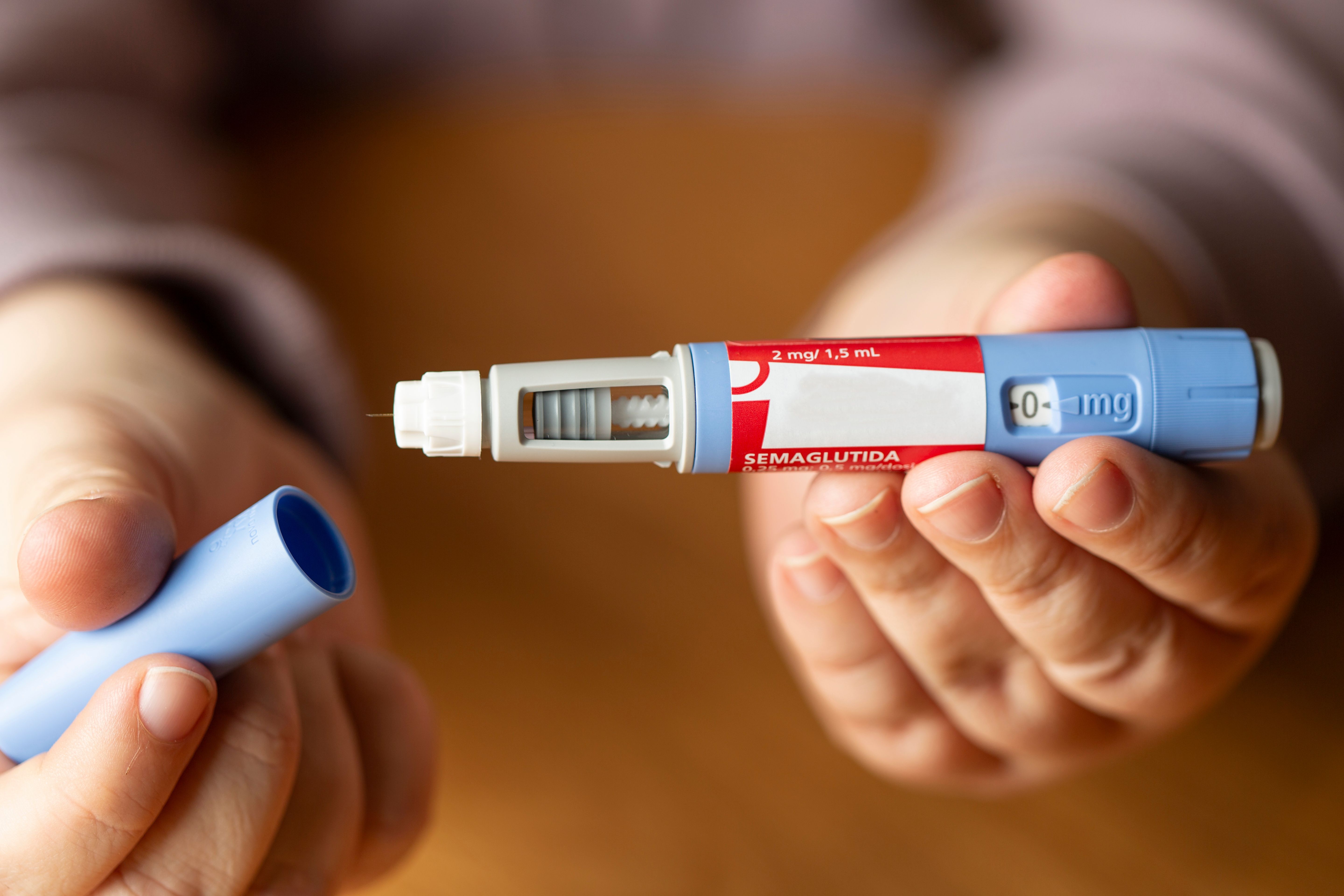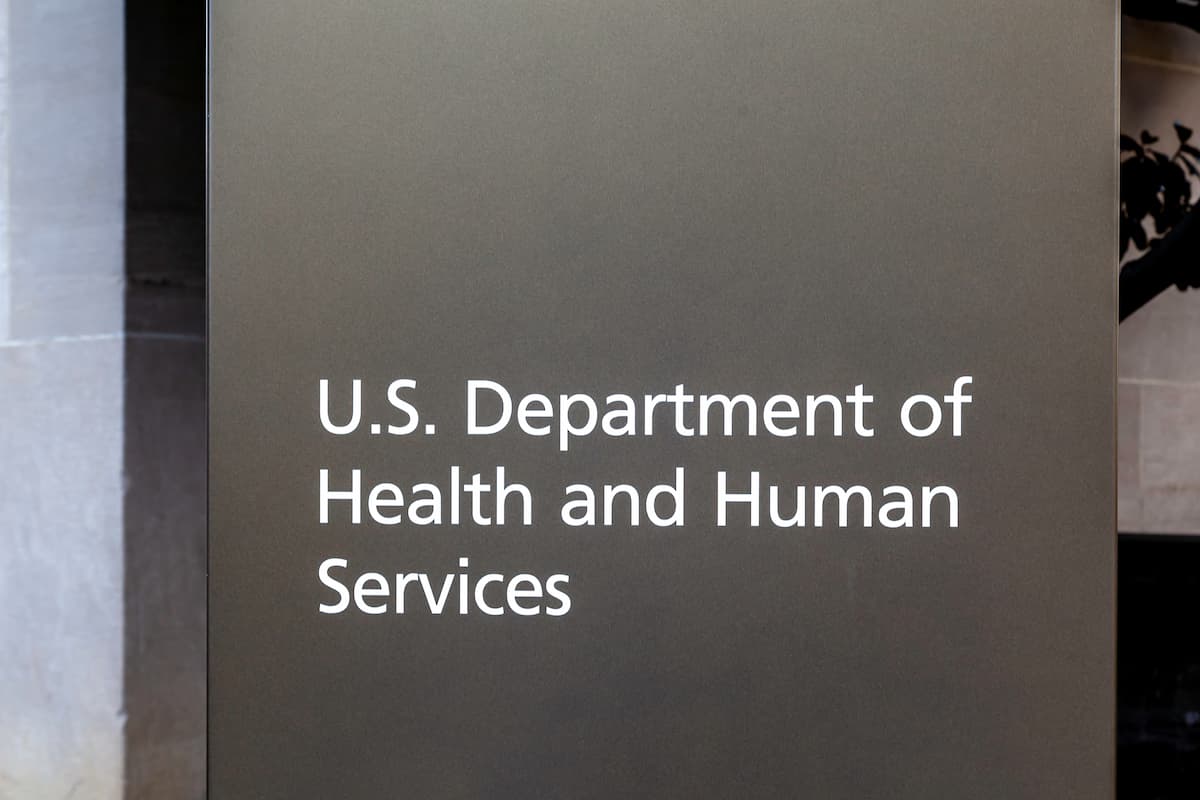Power to the Patients has put together a private one-night-only concert in Washington DC on March 5 that includes performances from the Foo Fighters, Jelly Roll, French Montana, Rick Ross, and Lainey Wilson. The concert is intended to raise awareness about inequality for patients when hospital and insurers hide upfront prices and advocate better health care transparency, according to a press release from the organization.1
“Transparency is essential in the world of pharmacy,” Thad Schumacher, PharmD, owner of Fitchburg Family Pharmacy, said in an email interview with Pharmacy Times. “As it stands now, at the pharmacy, we know what the pharmacy is being reimbursed for--a prescription and the patient's co-pay--but we have no idea how the pharmacy benefit manager [(PBMs)] and insurance are profiting. We need to fix the current model of reimbursement that is driving pharmacies out of business. Sustainable and transparent reimbursement would be the keys to a healthy pharmacy services system.”
3 Key Takeaways
1. Patients often face hidden costs and unclear pricing structures, making it difficult to make informed decisions about their care. This can lead to financial burden and confusion for patients.
2. Bills like the Lower Costs, More Transparency Act and the Health Care PRICE Transparency Act aim to require healthcare providers and insurers to disclose cost information.
3. Cost-plus models can help to provide more transparent pricing by charging patients the cost of the medication plus a dispensing fee.
Currently, there are 2 bills in US Congress that address health care transparency and cost. The Lower Costs, More Transparency Act has been passed in the US House of Representatives and awaits consideration in the Senate. This bill could require health care providers and insurers to disclose information about health care costs, including prescription costs. The second bill is the Health Care PRICE Transparency Act, which was introduced in the Senate in 2023. This bill addresses prescription drug prices, including insurance plans to publish the negotiated prices for covered drugs.2,3
Laws can help eliminate common barriers, such as those that can be placed by the actions of PBMs, which Schumacher and Benjamin Jolley, PharmD, a pharmacist at Jolley’s Compounding Pharmacy, both agree is a common barrier to cost transparency, in interviews with Pharmacy Times. Schumacher also added that sometimes patients can be forced by insurance to get a brand name medication at a higher copay, which could cause the patient to refuse the medication. He added that any rebates should be clearly represented and communicated to the patient or reflected in the patient’s copay.
“When we are reimbursed under cost there is no clear understanding of why this took place. If we report the poor reimbursement through the under-payment review process that the PBM has provided, the PBM states that they are paying the contracted rate based on a number that they cannot disclose,” Schumacher said in the interview.
Jolley added that pharmacies could be considered the most transparent sector of health care, at least from the patient’s perspective. The price is clear at the time of pickup, but the price points can vary from pharmacy to pharmacy and sometimes a “free copay” can come with a significant cost to the patient’s premiums that they are unaware of, according to Jolley.
“There's a lot that could be done to improve transparency in pharmacy,” Jolley said. “PBMs could publish their price lists, including selectively to contracted pharmacies.”
Jolley gave an example of a patient who said their insurance paid $55 for a prescription one month, then only $15 the next month for the same prescription. “There could be a lot more price stability instead of random twiddling in prices from day to day,” Jolley said.
Furthermore, government bills and laws are not the only way to achieve health care transparency. Cost-plus models make drugs available at the cost equal to the National Average Drug Acquisition Cost plus a flat rate dispensing fee, according to Schumacher.
“Since the average pharmacy spends approximately $12 per prescription to process a prescription from start to delivery, a reasonable dispensing fee would be $15. That would be very clear reimbursement,” Schumacher said in the interview.
Kyle McCormick, PharmD, owner of Blueberry Pharmacy, explained that patients often go to his pharmacy because the traditional model is not transparent, so they could be paying $800 for something that his pharmacy would only charge $100 for. He added that the lack of transparency is hurting his patients.
McCormick explained that free-market practices can also help drive down costs for patients and can increase transparency. He used the example of going to the grocery store—the prices are clearly listed—which is similar to cost-plus models. He added that in health care, you need that level of transparency.
“Similarly, in the cost-plus space, nobody's telling us we have to be transparent. We’re not looking for the government to say, ‘Hey, you got to be transparent with your prices.’ I can choose to be transparent; I can choose not to be. But the consumer’s going to choose the pharmacy that opts for transparency over the pharmacy that opts to not be transparent to high costs,” McCormick said in the interview.
McCormick added that his cost-plus pharmacy operates on a cost-plus-10 model, but models like these can increase competition and drive down prices. He added that there could be a cost-plus-5 pharmacy model, as well as other iterations. However, he said that lower prices might mean that their customer services might not be as high in quality, but patients can choose which pharmacy they want to go to and what services work best for them based on the transparent cost.
“Maybe patients will be there purely for costs, but there'll be other patients that want to pay a little higher amount for the higher quality service, a little bit more high touch service, similarly to car mechanics,” McCormick said in a Pharmacy Times interview. “I could just go get a 10-minute oil change at a Jiffy Lube or something like that, but I'm more likely to actually go to my local mechanic who I trust to do a good job and [who will] look out for other issues going on with my car.”
Although there might be disagreement on how to achieve health care transparency, experts in the field agree that better health care transparency is needed to improve the patient experience. Raising awareness among policymakers, stakeholders, and advocates through events such as the Power to the Patient concert is one part of this process.1
REFERENCES
Foo Fighters to Perform at Power to the Patients Concert in Washington, D.C. News release. Power to the Patient. February 20, 2024. Accessed March 4, 2024. https://www.powertothepatients.org/foo-fighters-pttp-release
"S.1130 - 118th Congress (2023-2024): Health Care PRICE Transparency Act." Congress.gov, Library of Congress, 30 March 2023, https://www.congress.gov/bill/118th-congress/senate-bill/1130
"H.R.5378 - 118th Congress (2023-2024): Lower Costs, More Transparency Act." Congress.gov, Library of Congress, 11 December 2023, https://www.congress.gov/bill/118th-congress/house-bill/5378







